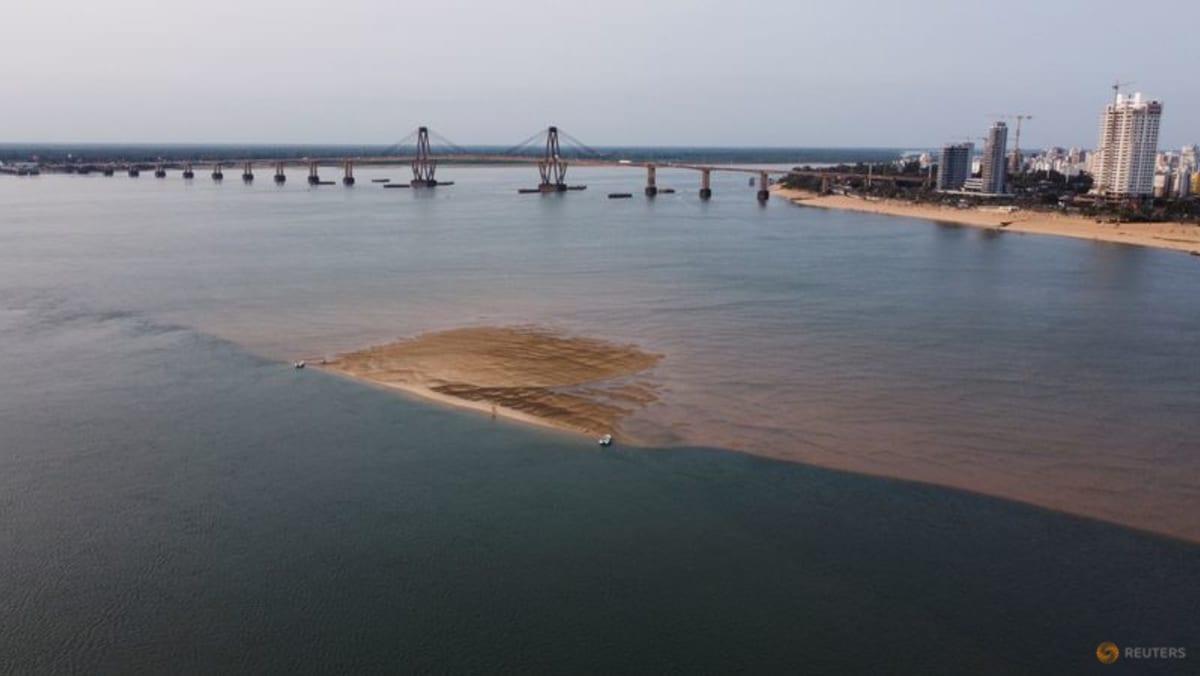Last year was the hottest on record. High temperatures and widespread dry conditions produced prolonged droughts.
There were also many floods around the world.
These extreme events were influenced in part by naturally-occurring climate conditions including the La Nina and El Nino weather phenomenon – but also and increasingly by human-induced climate change.
“A warmer atmosphere holds more moisture, which is conducive to heavy rainfall. More rapid evaporation and drying of soils worsen drought conditions,” Saulo said.
MASSIVE GLACIER MELT
Currently, 3.6 billion people have insufficient access to fresh water at least once a month per year, according to the UN.
This is forecast to rise to five billion by 2050.
For the past three years, more than 50 per cent of river catchments have been drier than usual.
Rising temperatures meant glaciers melted at unprecedented rates, losing more than 600 gigatonnes of water, the worst in 50 years of observations, according to preliminary data for September 2022 to August 2023.
